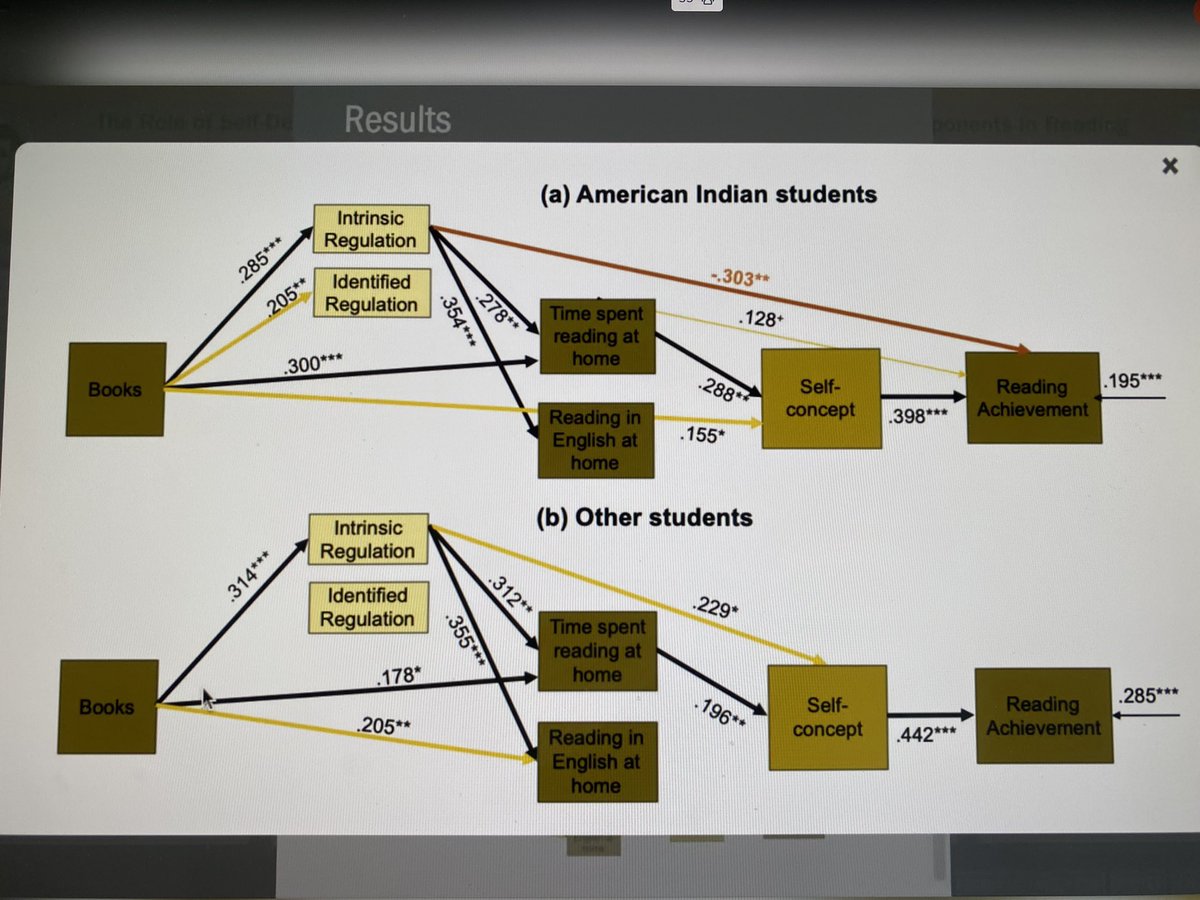
From the one and only Carol Dweck: “We were most excited by where the program didn’t work. The most important thing we learned: teachers’ mindsets really mattered… It’s not about putting a growth mindset into students’ heads and turning them loose.” #AERA21 

“Can we afford to lose even one single student’s contribution to society? I don’t think so.”
Technical difficulties preventing us from hearing Pierre Gouedard talking, but new PISA findings show large-scale benefits of growth mindsets. 

David Yeager describing @mcmpsych’s research on the importance of teacher mindsets 

(Just wanted to say that David Yeager is an amazing researcher and human being and I’m really enjoying listening to him.)
“Let’s pick the high hanging fruit: how can we change teachers’ cultures in a way that promotes equity and do it reliably across the world?” 

Barbara Schneider was following students longitudinally during the pandemic:
“The growth mindset students, even in a condition where they were forced to have science online, they continued to tackle challenging questions...”
“The growth mindset students, even in a condition where they were forced to have science online, they continued to tackle challenging questions...”
“They felt that what they were doing in science was important to them, to what they wanted to learn, and were very excited by challenges that were presented to them, and continued to believe that they would pursue more science classes when things returned to in person.”
Frank Worrell:
“Coming from the point of view of an interested and supportive critic: growth mindset is a latent construct.” Concerns about the single negatively-worded item measure in PISA study. “We need to be cautious in our interpretation.”
“Coming from the point of view of an interested and supportive critic: growth mindset is a latent construct.” Concerns about the single negatively-worded item measure in PISA study. “We need to be cautious in our interpretation.”

“Is growth mindset an uber-construct, or is there another psychosocial variable that subsumes growth mindset, so that what we are seeing for growth mindset is the effect of another variable?”
For anyone interested in looking at the PISA study findings: oecd-ilibrary.org/docserver/2092…
Pierre Gouedard: “In the next PISA measure, there will be a more sophisticated growth mindset measure.”
“The association between growth mindset and PISA was especially low in southeast Asian countries.”
• • •
Missing some Tweet in this thread? You can try to
force a refresh














